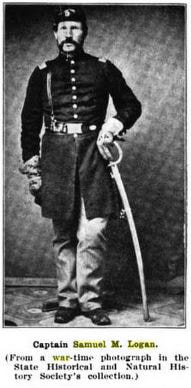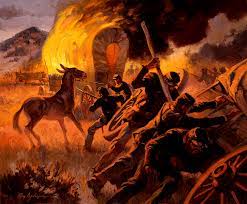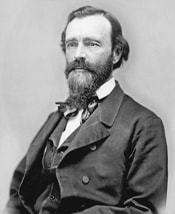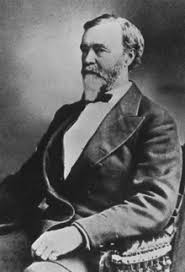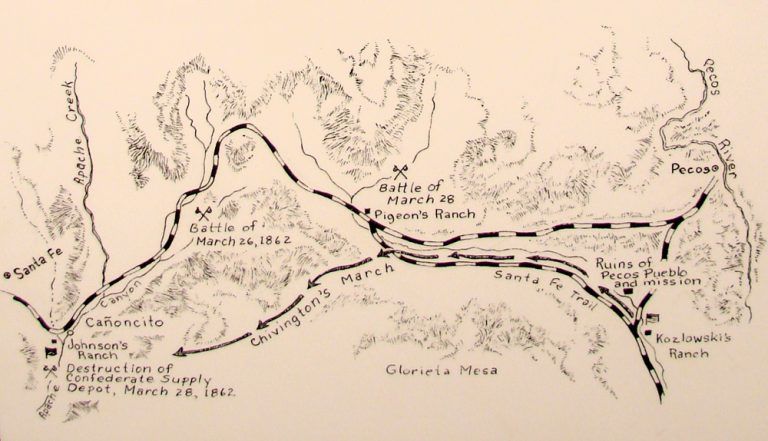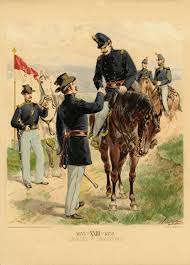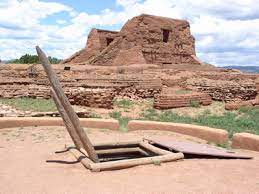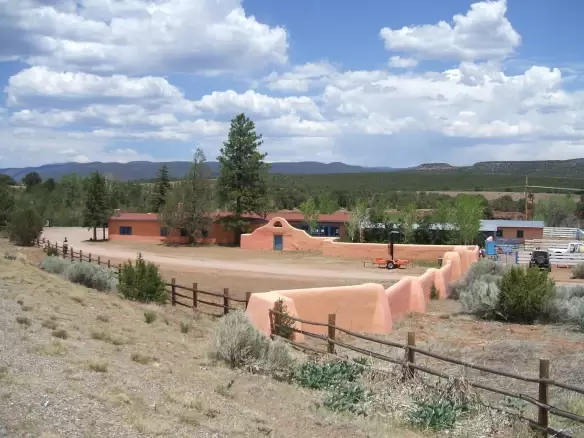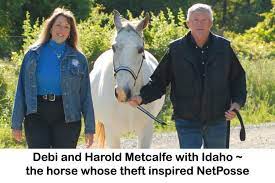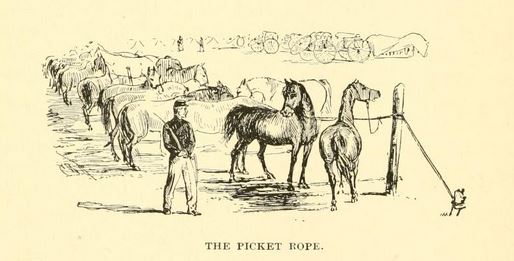
The night before the battle of Valverde, a Union spy named Paddy Graydon managed to spook the Confederate's mules, who stampeded down to the Rio Grande. There Union soldiers managed to round them up.
In Hardtack and Coffee: The Unwritten Story of Army Life, Civil War veteran John D. Billings shares the story of another mule stampede. During the night of Oct. 28, 1863, Union General John White Geary and Confederate General James Longstreet were fighting at Wauhatchie, Tennessee. The din or battle unnerved about two hundred mules, who stampeded into a body of Rebels commanded by Wade Hampton. The rebels thought they were being attacked by cavalry and fell back.
To commemorate this incident, one Union soldier penned a poem based on Tennyson's Charge of the Light Brigade.
Charge of the mule brigade
Half a mile, half a mile,
Half a mile onward,
Right through the Georgia troops
Broke the two hundred.
“Forward the Mule Brigade!”
“Charge for the Rebs!” they neighed.
Straight for the Georgia troops
Broke the two hundred.
“Forward the Mule Brigade!”
Was there a mule dismayed?
Not when the long ears felt
All their ropes sundered.
Theirs not to make reply,
Theirs not to reason why,
Theirs but to make Rebs fly.
On! to the Georgia troops
Broke the two hundred.
Mules to the right of them,
Mules to the left of them,
Mules behind them
Pawed, neighed, and thundered.
Breaking their own confines,
Breaking through Longstreet's lines
Into the Georgia troops,
Stormed the two hundred.
Wild all their eyes did glare,
Whisked all their tails in air
Scattering the chivalry there,
While all the world wondered.
Not a mule back bestraddled,
Yet how they all skedaddled--
Fled every Georgian,
Unsabred, unsaddled,
Scattered and sundered!
How they were routed there
By the two hundred!
Mules to the right of them,
Mules to the left of them,
Mules behind them
Pawed, neighed, and thundered;
Followed by hoof and head
Full many a hero fled,
Fain in the last ditch dead,
Back from an ass's jaw
All that was left of them,--
Left by the two hundred.
When can their glory fade?
Oh, the wild charge they made!
All the world wondered.
Honor the charge they made!
Honor the Mule Brigade,
Long-eared two hundred!

Jennifer Bohnhoff is a Native New Mexican who writes in the high, thin air of the Sandia Mountains. Mules play an important role in Where Duty Calls, her historical novel set in New Mexico during the Civil War. Glorieta. The second book in the series, The Worst Enemy the sequel to Where Duty Calls, will be published by Kinkajou Press, a division of Artemesia Publishing, in August, 2023.
This article was originally posted April 27, 2017.

